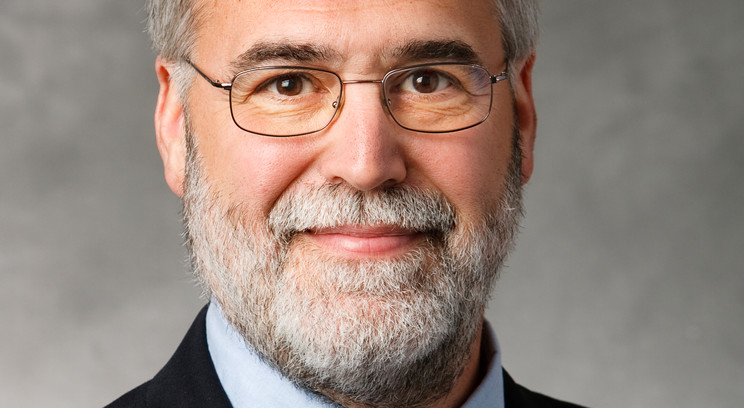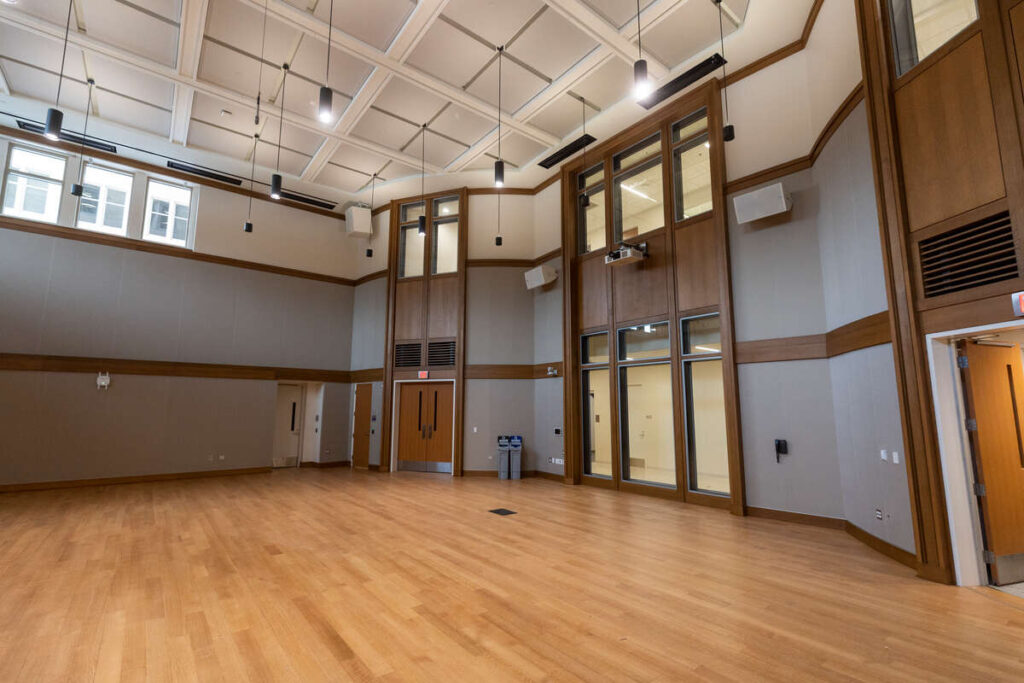UST's High Performance Health Care blog recently talked with Peter Southard, Ph.D., an assistant professor of operations and supply chain management, about his research on capital investment decisions in health care.
Q: Why did you decide to examine capital investment decisions in health care?
A: Increasing competition and artificially-imposed price controls in health care are forcing caregivers to rethink how they manage their delivery systems. Health care delivery systems must be able to provide extremely high-quality care at reasonable costs. Any variation in the systems and the processes needed to deliver the health care “product” serves to increase the costs and reduce the quality of that health care. The variation does so, partly, by increasing the time needed to deliver the service. One of the primary goals of health care must be, then, to identify and reduce the root causes of variation in its processes and systems.
This need is also true in all decision making processes in which variation, or lack of a consistent framework by which to make decisions, can lead to not only inefficiencies but also costly errors that reduce the hospital’s competiveness and its ability to deliver cost-effective care. One of the decisions impacting a health care system’s cost is the make/buy decision: when to outsource a process and when to maintain the process in-house. If the decision is to “make,” then the next decision is a capital investment one. Our research looks at adapting a framework from another area of business to this decision situation. We apply a Six Sigma quality tool, the Technology Function Deployment (TFD), to develop a practical framework that hospital managers can use to make consistent and effective decisions regarding capital investments versus outsourcing.
Q: Why is this topic of interest to you?
A: Professor Sameer Kumar and I have been doing quite a bit of research in this area of process improvement in health care. While researching our last paper, we noted the lack of uniformity in the laboratory equipment purchasing decisions of our subject hospital and decided to try and apply this approach to standardizing that process.
Q: What are you hoping to accomplish with this research?
A: To influence the actions of organizations, specifically health care organizations, when it comes to decisions on outsourcing and capital investments. As we are all health care users, we would like to think we have the ability to help lower the overall costs of that care through process improvement.
Q: Will this research impact your teaching at St. Thomas?
A: As with all of our research, maintaining a pulse on the industries around us and influencing their decision making processes allows us to bring reality into the classroom. Students truly begin to understand the material (particularly theories and frameworks) when they see how they have, are or will be applied in actual practitioner settings to bring about positive change.
Q: What was the most surprising finding from this project?
A: The research is still in the preliminary stages, but the process of developing the research questions and survey questionnaires has allowed us to see the similarities between new product development and the capital purchasing decision.







